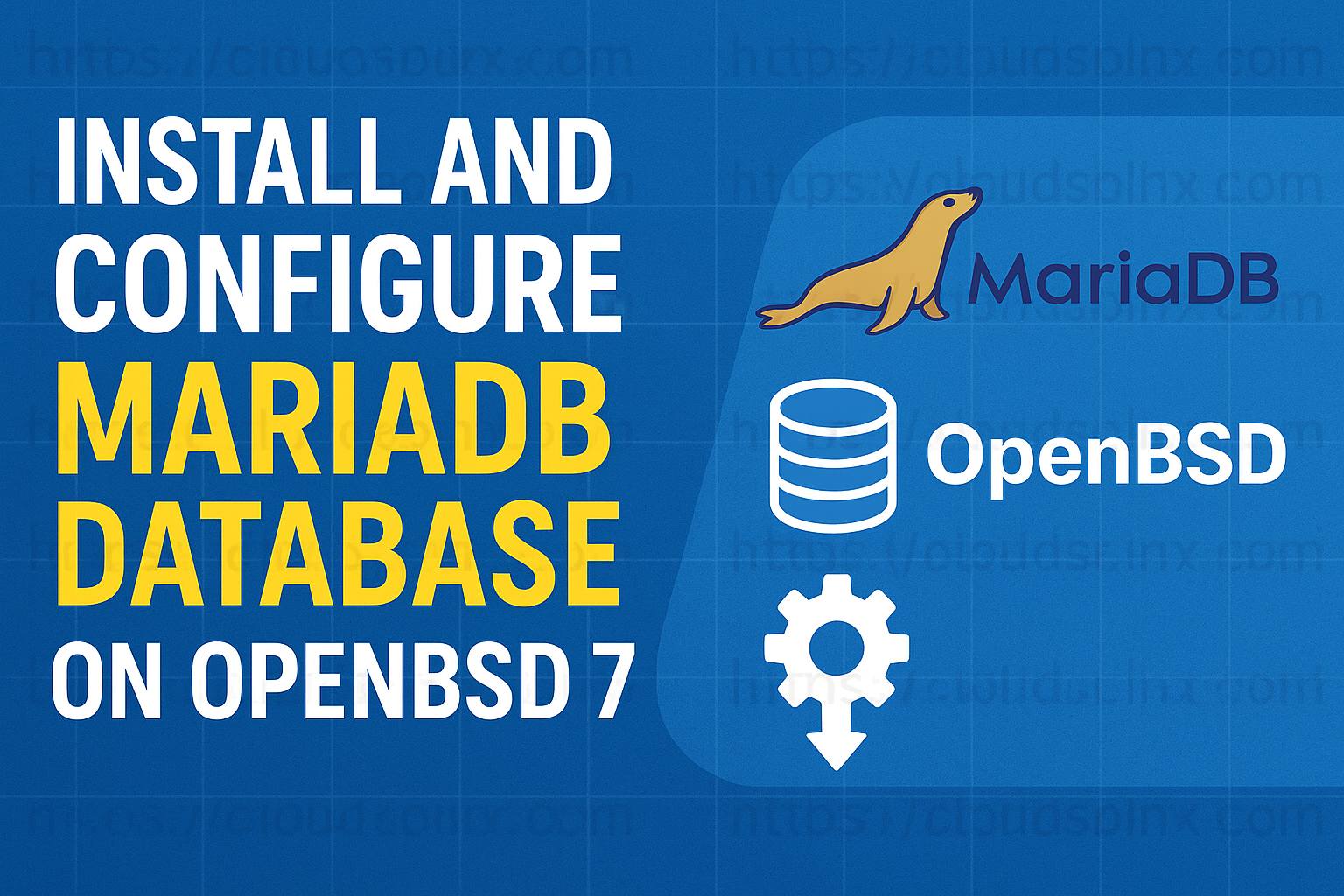While tools like Virt-Manager make KVM virtualization easy to access, administrators often go to command line tools due to speed in troubleshooting, and helpful automation. Tools like virt-top, virt-cat, and virt-ls allow you to access and control a virtual machine without booting into the guest or using a GUI. By monitoring performance and resource usage of the VM or retrieving logs or listing files inside the virtual disk image, the utilities grant the administrators powerful capabilities to effectively manage KVM environments. These three CLI tools can ease the day-to-day tasks related to KVM virtualization.
In this guide, we’ll explore virt-top, virt-cat for monitoring VM performance, virt-cat for inspecting virtual machine files, and virt-ls to list files within a VM’s disk image.
Mastering KVM Virtualization - The Ultimate eBook
From home labs to production clouds - master KVM Host management, automating KVM administration using Terraform, Vagrant, and cloud automation. This eBook will enable you to build scalable virtual infrastructure that works whether you're learning at home or deploying enterprise solutions. Get your full copy today
Here’s a list of all the essential KVM CLI tools, but we’ll only look at the first three in this guide:
virt-top– Monitor CPU, memory, and disk activity of KVM guests in real-time.virt-cat&virt-ls– Access and list files within a VM’s disk image.virt-edit– Modify configuration files inside a VM without booting it.virt-df– Analyze disk usage across multiple VMs.virt-clone– Create identical VM copies quickly.qemu-img&qemu-nbd– Manage, convert, and connect disk images dynamically.virt-sysprep– Reset and sanitize VM images before cloning.virt-resize– Expand or shrink virtual disk sizes.virt-copy-in– Copy files into a virtual machine without booting.guestfish– Perform advanced file system modifications inside VM images.
Mastering these tools will boost your ability to manage KVM environments effectively, whether you need to optimize VM performance, automating tasks, or troubleshooting virtual machines.
1. Virt-top – top command for VMs
The virt-top is a command-line performance monitoring tool for virtual machines, similar to the top utility for processes. It uses the libvirt API to query for the information about virtual machines (VMs) running on a KVM host and provides details about CPU, memory, disk, and network usage.
virt-top displays real-time performance metrics and supports user interaction. The data available can be exported for further analysis.
Installing virt-top
On RHEL-Based Distributions:
sudo dnf install epel-release -y
sudo dnf install virt-top -yOn Debian-Based Distributions:
sudo apt update
sudo apt install virt-top -yVerify installation by checking the software version:
virt-top --versionLaunching virt-top requires sufficient privileges to access libvirt.
sudo virt-topBy default it connects to the default hypervisor (qemu:///system) unless specified.
To monitor VMs on a remote host, specify by connection URI:
sudo virt-top -c qemu+ssh://user@remote-host/systemHere is an output from virt-top command:
virt-top 22:43:42 - x86_64 12/12CPU 3000MHz 64015MB
4 domains, 4 active, 4 running, 0 sleeping, 0 paused, 0 inactive D:0 O:0 X:0
CPU: 12.4% Mem: 65536 MB (65536 MB by guests)
ID S RDRQ WRRQ RXBY TXBY %CPU %MEM TIME NAME
20 R 1901 134 503K 1M 10.5 51.0 877:32:13 dbmaster01
19 R 0 3 887K 1M 1.6 25.0 414:30:50 app-server01
3 R 0 7 36K 46K 0.2 12.0 286:56:27 vpn-server01
4 R 0 0 36K 43K 0.2 12.0 232:24:59 radius01Key information from the output are;
- Header: Shows general system metrics, including host CPU, memory, and the number of VMs.
- Columns:
| Column | Description |
|---|---|
| ID | The ID assigned to the VM by the hypervisor. |
| S | The state of the VM (R = Running, S = Sleeping, P = Paused). |
| RDRQ | The number of read requests issued by the VM. |
| WRRQ | The number of write requests issued by the VM. |
| RXBY | Network bytes received (e.g., 503K = 503 KB). |
| TXBY | Network bytes transmitted (e.g., 1M = 1 MB). |
| %CPU | Percentage of host CPU used by the VM. |
| %MEM | Percentage of host memory used by the VM. |
| TIME | Total CPU time used by the VM (HH:MM:SS format). |
| NAME | Name of the VM. |
Filter to display specific VMs by name or ID:
sudo virt-top --domainRun virt-top for one minute and save output in csv file.
sudo virt-top --csv report.csv --end-time +60For more usage example run:
virt-top --help2. virt-cat – Display files in a virtual machine
The virt-cat CLI utility allows you to display the contents of a file easily within a virtual machine’s disk image. It is particularly useful for examining configuration files, logs, or other text files without booting up the virtual machine. It also works on a live guest instance.
Commonly used options:
-a or --add– Specifies a file which should be a disk image from a virtual machine. For machines with multiple block devices, you must supply all of them with separate-aoptions.-d or --domain– Add all the disks from the named libvirt guest. Domain UUID can also be used instead of the name.-a or --add– Add a remote disk device-m or --mount– Used to mount the named partition or logical volume on the given mountpoint.
Get usage help page:
virt-cat --helpExample 1: Cat contents of /etc/fstab in a VM
Example to show the contents of the file /etc/fstab inside a VM:
VM_NAME="<vm-name>"
sudo virt-cat -d $VM_NAME /etc/fstabExample 2: Pipe the output to another command
The output can be piped into other commands for filtering.
sudo virt-cat -d $VM_NAME /etc/passwd | tail
sudo virt-cat -d $VM_NAME /etc/group | tail -n 10Example 3: Output the contents into file
The output from the command can be saved into a file using standard unix redirection operator.
sudo virt-cat -a debian12.qcow2 /etc/passwd > passwd.txt3. virt-ls – List files in a virtual machine
Use virt-ls command to list files and directories from a VM’s disk image when offline. This is useful for managing and inspecting guest filesystem contents in an offline state.
Usage synopsis:
# With domain / vm name
virt-ls -d <vm-name> <dir>
# With image path
virt-ls -a <image> <dir>Useful command options:
-d or --domain– Specify guest name to edit-a or --add– Specify file or remote disk URI-R or --recursive– Recursive listing of files and directories-h or --human-readable– Human-readable sizes in output-l or --long– Long listing of contents
All available options can be checked using:
virt-ls --helpSee usage examples below:
VM_NAME="ubuntu14"
sudo virt-ls -d $VM_NAME /
sudo virt-ls -a $VM_NAME /
sudo virt-ls -l -d $VM_NAME /
sudo virt-ls -R -d $VM_NAME /tmpIf using VM image, specify with -a
sudo virt-ls -h -a /var/lib/libvirt/images/deb12.qcow2 /








